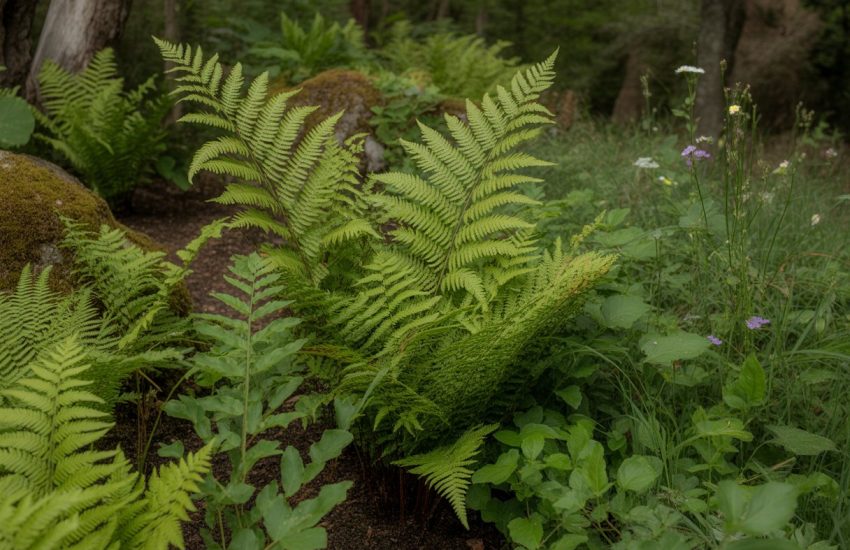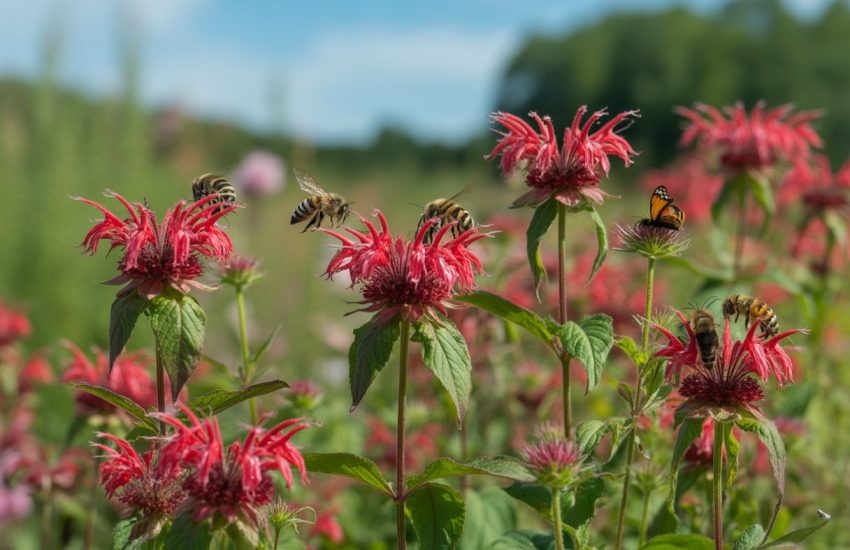What Zone is Iowa? A Comprehensive Guide to Iowa’s Climate Zones
Iowa is a state located in the Midwestern region of the United States. Gardeners and growers in Iowa need to know what plant hardiness zone they are in to select plants that are best suited for their area. The USDA Plant Hardiness Zone Map is a standard guide used to determine a plant’s cold tolerance and is one of the most commonly used tools to determine which plants will thrive in a particular area.

According to the USDA Plant Hardiness Zone Map, Iowa ranges from zone 4a to 6a, with different temperatures and frost dates. The zone number is based on the average minimum temperature that occurs in the area. Zone 4a has a minimum temperature range of -30 to -25 degrees Fahrenheit, while zone 6a has a minimum temperature range of -10 to -5 degrees Fahrenheit. It is important for gardeners and growers to know their zone to ensure that they select plants that are suitable for their climate.
Knowing the plant hardiness zone is crucial for gardeners and growers in Iowa. It helps them select plants that are best suited for their area and increases the likelihood of success in their gardening endeavors. By using the USDA Plant Hardiness Zone Map, gardeners and growers can make informed decisions about what to plant and when to plant it.
Understanding Plant Hardiness Zones in Iowa
The USDA Plant Hardiness Zone Map Overview
The USDA Plant Hardiness Zone Map is a standard guide that helps gardeners and growers determine which perennial plants are most likely to thrive in a particular location based on the average annual minimum temperature. The map is divided into 13 zones, with each zone representing a 10°F difference in the average annual minimum temperature.
The USDA Plant Hardiness Zone Map is developed and maintained by the Agricultural Research Service (ARS) of the United States Department of Agriculture (USDA). The map is created using GIS technology and data from the PRISM Climate Group at Oregon State University, as well as other regional weather stations.
Iowa’s Specific Zones and Climate
Iowa is located in the central part of the United States and has a continental climate with hot summers and cold winters. The state’s climate is influenced by its location and elevation, as well as by large bodies of water in the surrounding region.
According to the latest USDA Plant Hardiness Zone Map, much of Iowa is now in Zone 5a, with some areas in Zone 4b and Zone 6a. The map is based on the average annual minimum temperature, which ranges from -20°F to -10°F in Zone 5a, from -25°F to -20°F in Zone 4b, and from -10°F to -5°F in Zone 6a.
In Iowa, the climate varies from region to region, with the western part of the state being cooler and drier than the eastern part. The state’s climate is also influenced by its location in the Midwest, which is known for its extreme weather conditions, including tornadoes, thunderstorms, and blizzards.
In terms of specific locations in Iowa, the city of Ames is located in Zone 5a, while the cities of Arion and Archer are located in Zone 4b. These zones are important for gardeners and growers to consider when selecting plants for their gardens or farms, as plants that are not adapted to the local climate may not survive or thrive.
Overall, understanding the plant hardiness zones in Iowa is important for anyone who wants to grow plants successfully in the state. By selecting plants that are adapted to the local climate and growing conditions, gardeners and growers can ensure that their plants will thrive and produce healthy yields.
Practical Applications for Iowa Residents
Gardening and Agriculture in Iowa
Iowa residents interested in gardening and agriculture should be aware of their planting zone and the hardiness of the plants they wish to grow. Iowa falls under USDA Plant Hardiness Zones 4a to 6b, with average annual minimum temperatures ranging from -30°F to 0°F. This information can be useful for selecting trees, shrubs, tomatoes, and perennial plants that can withstand the cold temperatures of Iowa winters.
The United States Department of Agriculture (USDA) Agricultural Research Service provides a Plant Zone Hardiness Map that can help Iowa gardeners and growers determine which plants are suitable for their area. The map is based on data collected from 1976 to 2005 and provides detail down to the zip code level.
It is important to note that the map is a guide and not a guarantee. Gardeners and growers should also consider factors such as soil type, moisture, and sun exposure when selecting plants.
Resources and Support for Iowa Growers
Iowa State University Extension and Outreach provides resources and support for Iowa growers, including a newsletter and access to research from the Agricultural Research Service (ARS) of the U.S. Department of Agriculture.
The ARS conducts research on plant cold tolerance, which can be useful for Iowa growers looking to select crops that can withstand the cold temperatures of Iowa winters. The research takes into account a plant’s cold tolerance and provides information on how to improve it.
Iowa growers can also take advantage of the resources and support provided by the Iowa Department of Agriculture and Land Stewardship. The department provides information on crop production, pests and diseases, and other topics related to agriculture in Iowa.
Overall, Iowa residents interested in gardening and agriculture have access to a wealth of resources and support. By taking advantage of these resources and considering factors such as planting zone and plant hardiness, Iowa growers can successfully cultivate a variety of crops in their landscape.


